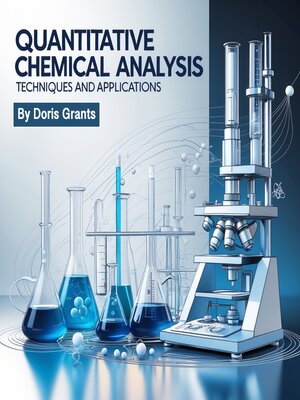
Sign up to save your library
With an OverDrive account, you can save your favorite libraries for at-a-glance information about availability. Find out more about OverDrive accounts.
Find this title in Libby, the library reading app by OverDrive.



Search for a digital library with this title
Title found at these libraries:
| Library Name | Distance |
|---|---|
| Loading... |
Quantitative chemical analysis is the process of determining the amount or concentration of a substance in a sample. It forms the backbone of analytical chemistry, enabling scientists and researchers to extract meaningful numerical data about material composition. This chapter introduces the essential principles that govern quantitative analysis, offering a foundation for understanding the advanced techniques explored in later chapters.
At its core, quantitative analysis relies on precision and accuracy. Precision refers to the consistency of repeated measurements, while accuracy describes how close a measured value is to the true value. Both concepts are critical when analyzing substances, particularly in fields like pharmaceuticals, environmental science, and manufacturing, where slight deviations can have significant consequences.
Quantitative chemical analysis can be broadly categorized into several methods, including gravimetric, volumetric (titrimetric), spectroscopic, electroanalytical, and chromatographic techniques. Each method serves specific analytical needs, depending on the chemical properties of the analyte, the complexity of the matrix, and the desired level of sensitivity. Understanding the strengths and limitations of each method is key to choosing the appropriate approach for a given analytical problem.






